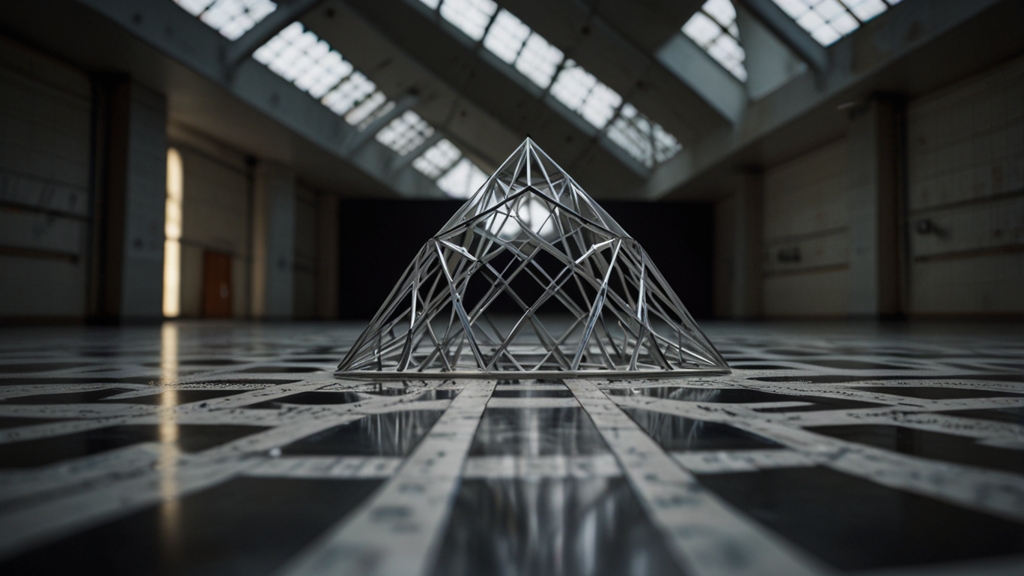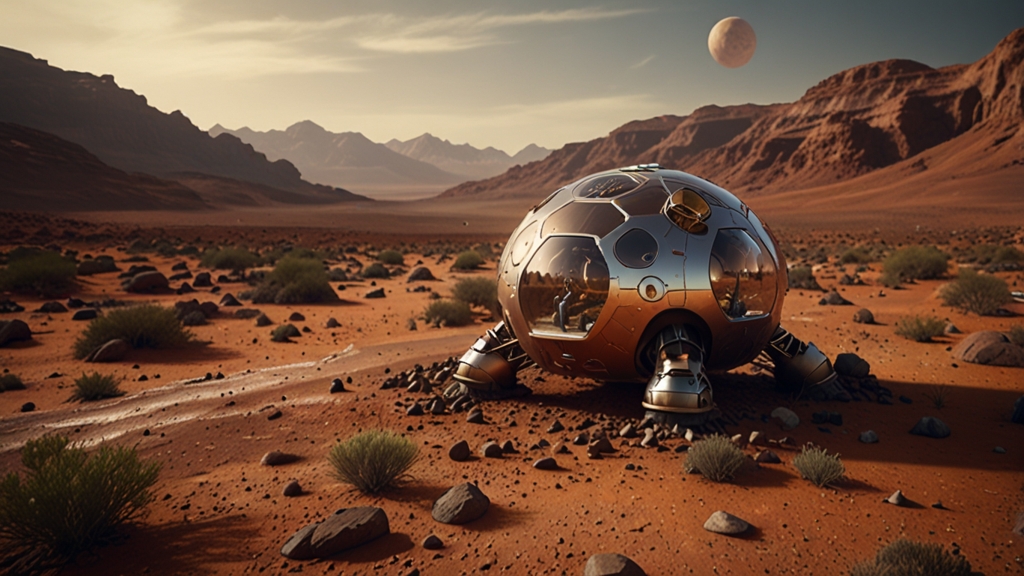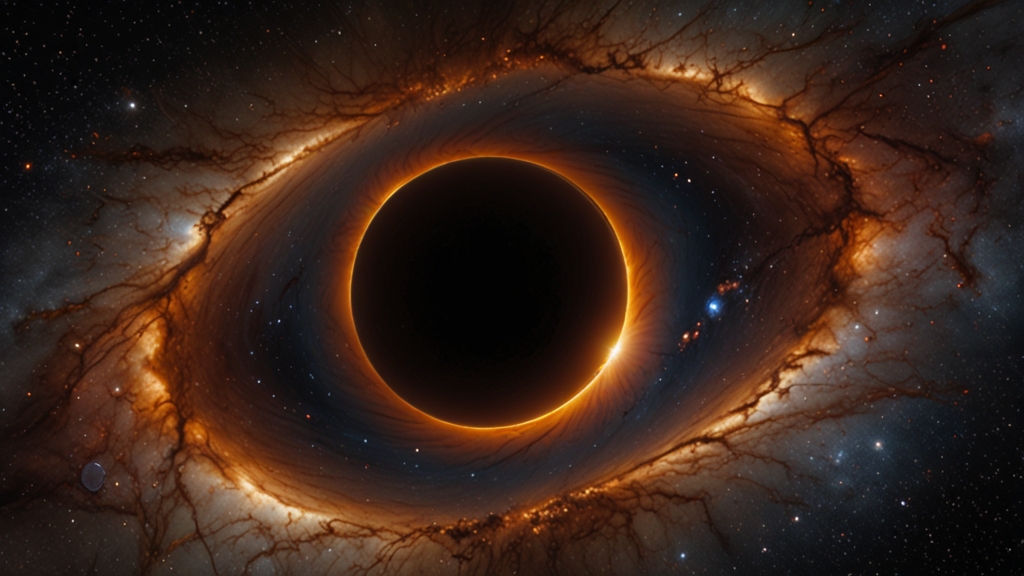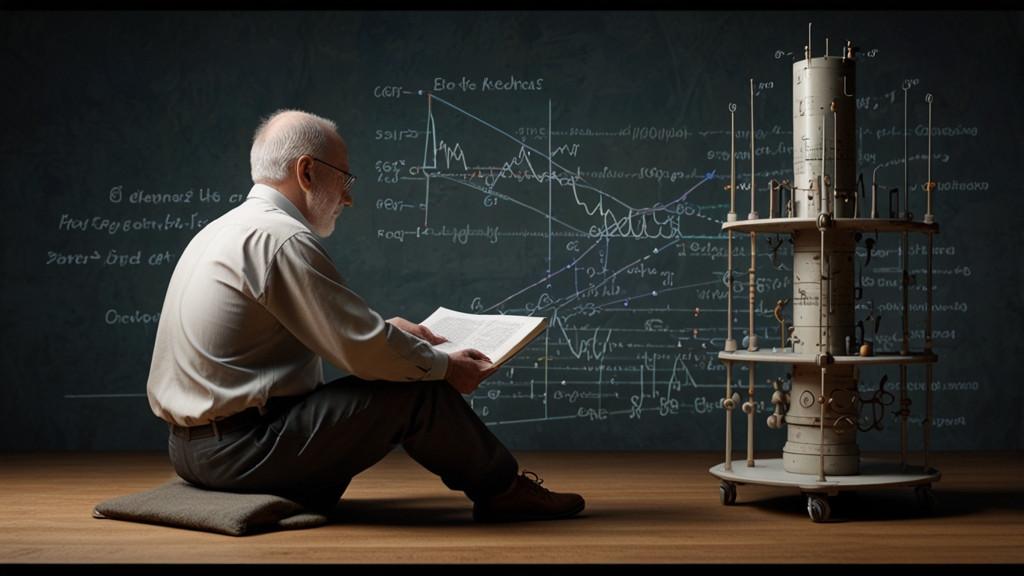The Fascinating Relationship Between Mathematics and Geometry
Geometry and mathematics are two interrelated branches of science that have been fascinating and mystifying scholars for centuries. While mathematics is a vast field encompassing various disciplines such as arithmetic, algebra, calculus, and statistics, geometry focuses on the properties and relationships of points, lines, surfaces, and solids. The relationship between these two fields has been integral to advancements in both theoretical understanding and practical applications.
Historical Perspectives
The history of geometry dates back to ancient civilizations, where it was initially developed for practical purposes such as land surveying, architectural design, and astronomy. The Egyptians and Babylonians made significant strides in geometric knowledge, but it was the Greeks who formalized the study of geometry as a branch of mathematics. Euclid, often referred to as the "father of geometry," compiled his seminal work "Elements" around 300 BCE. This 13-volume treatise laid the groundwork for Euclidean geometry, forming the basis for what we study today.
Euclidean geometry is characterized by its axiomatic approach, where definitions, postulates, and theorems are rigorously derived from a set of self-evident truths. This method not only provided clarity and precision but also set the standard for future mathematical proofs.
Geometry and Algebra: A Symbiotic Relationship
One of the most profound ways in which geometry and mathematics intersect is through the interplay between geometry and algebra. The development of Cartesian coordinates by René Descartes in the 17th century revolutionized both fields. By representing geometric shapes and figures algebraically, Descartes enabled the solution of geometric problems using algebraic equations.
This combination of algebra and geometry gave rise to the field of analytic geometry, where geometric concepts are studied using a coordinate system. It bridged the gap between the abstract world of algebra and the visual realm of geometry, providing powerful tools for solving complex problems in both disciplines.
Analytic geometry has facilitated numerous breakthroughs in mathematics, including the development of calculus by Isaac Newton and Gottfried Wilhelm Leibniz. Without this fusion of algebra and geometry, the mathematical framework for understanding change and motion might never have been established.
Modern Applications and Theoretical Developments
In the modern era, geometry continues to be a vital area of research and application across various fields. Advanced branches such as differential geometry and topology have emerged, exploring the properties of curved spaces and continuous transformations, respectively. These areas have profound implications in theoretical physics, particularly in the study of general relativity and string theory.
Meanwhile, geometry also plays a crucial role in computer science, particularly in the realms of computer graphics, computer-aided design (CAD), and robotics. Algorithms that rely on geometric principles are essential for rendering 3D images, modeling complex structures, and navigating robotic movement.
The advent of computational geometry has opened new frontiers, enabling the efficient processing of geometric information and fostering innovations in areas such as artificial intelligence, geographic information systems (GIS), and virtual reality.
Conclusion
The relationship between mathematics and geometry is both deep and multifaceted, illustrating the beauty and utility that arises from their interconnectedness. From the ancient axioms of Euclid to the sophisticated algorithms of modern computing, the interplay between these fields has driven scientific progress and deepened our understanding of the natural world.
As research continues to evolve, new discoveries at the intersection of mathematics and geometry will undoubtedly shape the future of technology, science, and our comprehension of the universe. The rich legacy of their relationship serves as a testament to the enduring power of human curiosity and intellectual exploration.









